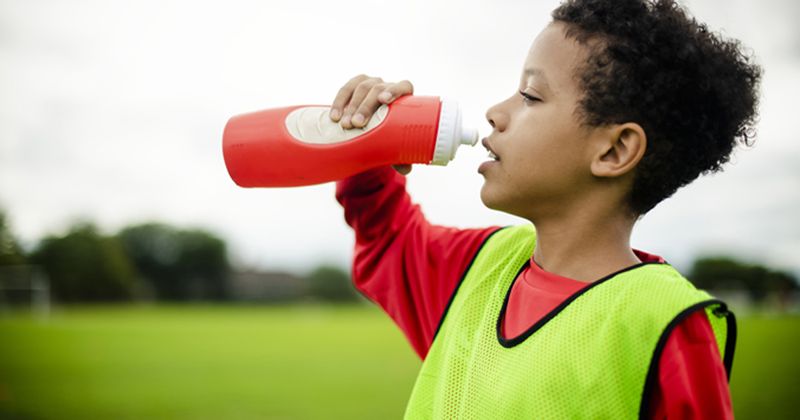Q&A: Student-athletes go back to school
With the onset of a new school year, students of all ages are returning to scholastic, intramural and independent athletic programs.
We spoke with Kathy Dieringer, EdD, LAT, ATC, president of the National Athletic Trainers’ Association (NATA) and adjunct professor in the doctor of athletic training program at Moravian University, about the role of athletic trainers and how to best help student-athletes as a new school year begins.


How can athletic trainers help student-athletes?
Dieringer: Sometimes athletic trainers are perceived as coaches or personal trainers, and we are neither of those. Athletic trainers are sports medicine professionals who prevent, manage, treat and rehabilitate athletic injuries and illnesses. Our role is to protect the health and well-being of the student-athletes.
How can student-athletes prepare for a new season mentally and physically?
Dieringer: To prepare best for an upcoming season, it means that there's been some preparations involved before that season begins. What I mean by that is, make sure that athletes are not specializing too early in their sport, and that they have had time to rest and recover from any sport participation they’re engaging in, limiting their time, taking a break in between competitive seasons and participating on one team at a time, so that when students are entering the preseason or the [sports season proper], they have physically and mentally recovered and are ready to go.
How can parents best support their student-athlete during the season?
Dieringer: Parents [should be] checking in with their children on a regular basis and making sure that any sport activity is still fun, understanding if they're under stress or anxiety and identifying that early. [There’s also a matter of] protecting your child from overspecialization so that they can continue to enjoy the sport they're participating in. I think the most important thing is advocating for your child as a student athlete, and that begins with knowing who's taking care of that child when they're participating in sports. [The parent needs to know] who is a part of that sports medicine team, especially an athletic trainer [who does] so much to allow athletes to safely participate in sports. And we believe that every athlete deserves an athletic trainer to be on their sideline when they're competing and practicing. So, talking to your school about who is providing care for your child is about as important as it can be.
Much has been discussed in the last year about mental health among adolescents and teens. How can coaches and trainers deal with spotting possible issues in their athletes?
Dieringer: One of the best things about athletic trainers is that we see athletes throughout their athletic career. So we get to know athletes, even if they're not injured. [We can recognize] if there is a personality shift or if an athlete changes their demeanor. That's one of the key ways of identifying if an athlete is under extreme stress or anxiety. But just by paying attention and communicating with that athlete, coaches obviously are in this role as well, and paying attention to changes in that athlete’s behavior and personality [are two] of the quickest and easiest ways to get them into some type of assistance if they're dealing with a mental health issue.
Professional sports are requiring COVID-19 vaccination. With vaccines now available for all ages, should youth sports also require vaccination?
Dieringer: The NATA was proud to be a part of an inner-association statement that went out last year advocating for the use of vaccines in athletes, and we stand by that statement. As health care providers, it is our role to advocate for the health and safety of athletes and so we do stand by that statement.

